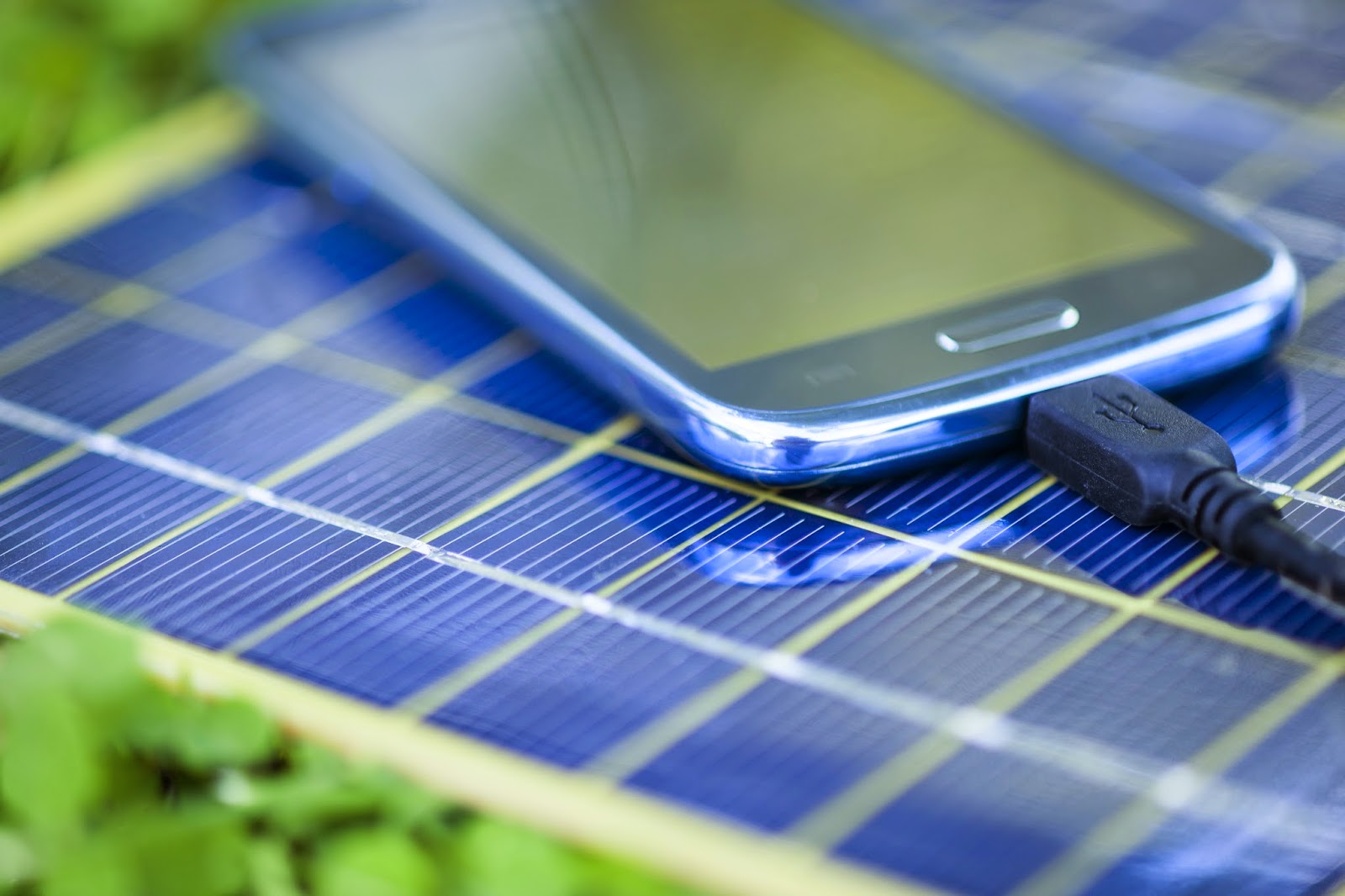- Determine which apps are running in the background and taking up the most space; then, close those not currently in use and delete those no longer needed. On an iPhone, visit Settings > General > Usage to see which apps are providing the biggest pull on your battery; then, click the > on the right-hand side and tap Delete App to remove those apps hogging your phone’s power which you no longer want. Daily, double-click your home button to get a horizontally scrolling list of running apps, and flick up the screen image of each app you’d like to close down. On an Android, visit Settings > Battery to delete the apps using too much battery that are no longer needed, and, at the end of each day, visit Settings > Apps to shut down those apps you no longer want running in the background.
- Verify that your operating system as well as all installed apps are running their latest versions. On an iPhone, you can confirm your operating system by visiting Settings > General > Software Update; likewise, on an iPhone, you can make sure your apps are up-to-date by visiting App Store > Updates. On an Android, in Google Play, hit the menu key, go to My Apps and verify that all updates have been done.
- Turn off Location Services completely or disable the Location Services associated with certain apps one-by-one. On an iPhone, visit Settings > Privacy > Location Services; if you tap the circle beside Location Services towards the top, the green will disappear, which turns Location Services off for all applications. Alternatively, you can tap the circle beside any of the apps listed below Location Services to make that app’s green disappear, turning off Location Services for that particular app only. On an Android, visit Settings > Location and uncheck the box associated with apps not needing this data. While it’s great to keep Location Services active for your weather, navigational and Find My Phone apps, it’s not necessary for web browsers, social media apps and file repositories so be selective.
 - Turn off Wi-Fi. As your smartphone continually searches for open Wi-Fi connections, it is oozing power. While it’s important to keep Wi-Fi activated as you’re using a navigation-related app so you can get the most accurate directions possible, you generally know when a Wi-Fi connection is necessary rather than relying on your cellular connection. If you don’t need Wi-Fi, on either iPhone or Android, swipe from the bottom or top of nearly any screen to bring up a limited settings menu, from which you can single-tap on the Wi-Fi icon for activating or deactivating this.
- Turn off Wi-Fi. As your smartphone continually searches for open Wi-Fi connections, it is oozing power. While it’s important to keep Wi-Fi activated as you’re using a navigation-related app so you can get the most accurate directions possible, you generally know when a Wi-Fi connection is necessary rather than relying on your cellular connection. If you don’t need Wi-Fi, on either iPhone or Android, swipe from the bottom or top of nearly any screen to bring up a limited settings menu, from which you can single-tap on the Wi-Fi icon for activating or deactivating this.- Turn off Background App Refresh completely or disable the Background App Refresh associated with certain apps one-by-one. On an iPhone, visit Settings > General > Background App Refresh; if you tap the circle beside Background App Refresh towards the top, the green will disappear, which turns Background App Refresh off for all applications. Alternatively, you can tap the circle beside any of the apps listed below Background App Refresh to make that app’s green disappear, turning off Background App Refresh for that particular app only.
- Turn off Bluetooth unless it is in use. Just as was the case for Wi-Fi, when your phone is not paired with Bluetooth devices like ear pieces, keyboards and headsets, having the Bluetooth option turned on means your smartphone is continually searching for available devices, which drains power recurrently. On either iPhone or Android, swipe from the bottom or top of nearly any screen to bring up a limited settings menu, which includes an option to single-tap on the Bluetooth icon for activating or deactivating this feature.
- Switch the manner in which you fetch emails from “Automatic” to “Manual”. On an iPhone, visit Settings > Mail, Contacts and Calendars > Fetch New Data and make sure “manually” is selected. On an Android, under email settings, just make sure checking for new messages is set to “manual”, not fetch or pull. Constantly checking for new data can be a real drag for your smartphone’s battery, but squashing that neurosis will certainly help.
- Utilize Airplane Mode strategically. Airplane Mode is a setting to turn off cellular connection, Wi-Fi, FM radio and Bluetooth simultaneously while continuing to use other apps that don’t require a connection. When you’re in a low coverage area or just want to preserve your battery without powering down your smartphone, switch to Airplane Mode. On an iPhone, Airplane Mode is the first option under Settings. On an Android, visit Settings > Wireless & Networks > Airplane Mode to check the box for activation. This is particularly helpful when you’re napping since it will still work as an alarm clock but not leak power.
- Turn down brightness. On an iPhone, visit Settings > Wallpapers > Brightness to slide the level of brightness down and tap the circle beside Auto-Brightness to make the green disappear, which turns this feature off. On an Android, under Display Settings, slide the level of brightness down and turn off Automatic Brightness.
- Adjust the time for your screen to timeout to the shortest duration with which you are comfortable. On an iPhone, visit Settings > General > Auto-Lock to choose your desired time limit, whether 1 minute, 2 minutes, 3 minutes, 4 minutes, 5 minutes or Never. On an Android, visit Settings > Display > Screen Timeout to choose the time limit you want, whether 15 seconds, 30 seconds, 1 minute, 2 minutes, 10 minutes or Never Turn Off. If you choose either “Never” option, you must manually lock your phone for the screen to go to sleep. More battery power will be used on longer timeouts or if you forget to lock the screen when you’ve selected “Never"; however, there’s no issue related to timeouts while charging.
- Turn off as many Notifications as possible. On an iPhone, visit Settings > Notifications to see what notifications you are currently receiving; choose to deactivate some notifications completely while deactivating the way in which you receive other notifications. On an Android, visit Settings > Device > Apps to turn off whichever notifications you no longer what to have popping up for you.
- Complete a hard restart. Sometimes, there’s nothing that works quite like shutting down completely. On an iPhone, press and hold the Sleep / Wake button on the top of your device until the red slider appears; then, drag the slider to turn your device completely off. Alternatively, to reset your iPhone completely, press and hold both the Sleep / Wake and Home buttons for at least 10 seconds until you see the Apple logo. On an Android, it can be as simple as holding down the power button (not just tapping it to lock the phone); however, if your phone isn’t responding to powering off the phone with the power button, you might need to pull the battery out, count to ten and, then, put the battery back into your phone.
Please keep in mind that, if many of your clients are in areas with low cellular signal, as you are traveling to those locations, your phone will work harder to connect. While you can’t avoid going through such locations, try using your phone more when signals are better and less when in areas of weaker cellular coverage. This is particularly useful for calls and texts.
While each of the aforementioned techniques will conserve your phone’s power, all mobile devices must get charged from time to time. Putting your phone into airplane mode will charge it twice as fast. Further, be sure to completely drain your smartphone’s battery monthly and, then, charge it fully. As a bonus, to make charging your phone easier while traveling, note that many hotel TVs have handy USB slots in the back that will more easily charge most smartphones from in your hotel room. Alternatively, if you’d like a backup plan for when your phone is dying as you’re out and about, consider an external battery like any of those from Mophie or a professional bag that includes a portable charger like those from Urban Junket. What techniques do YOU use to extend the life of your smartphone?


No comments:
Post a Comment